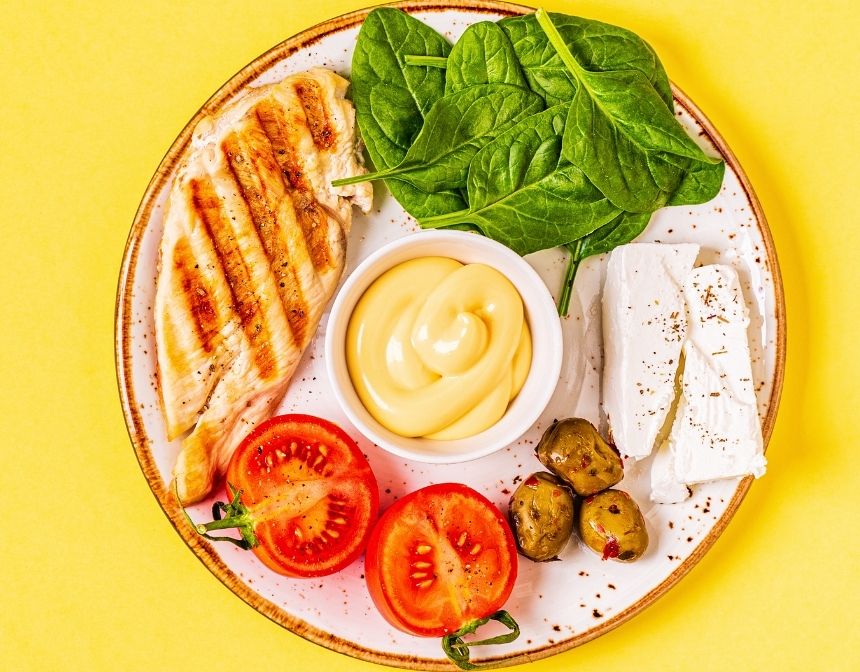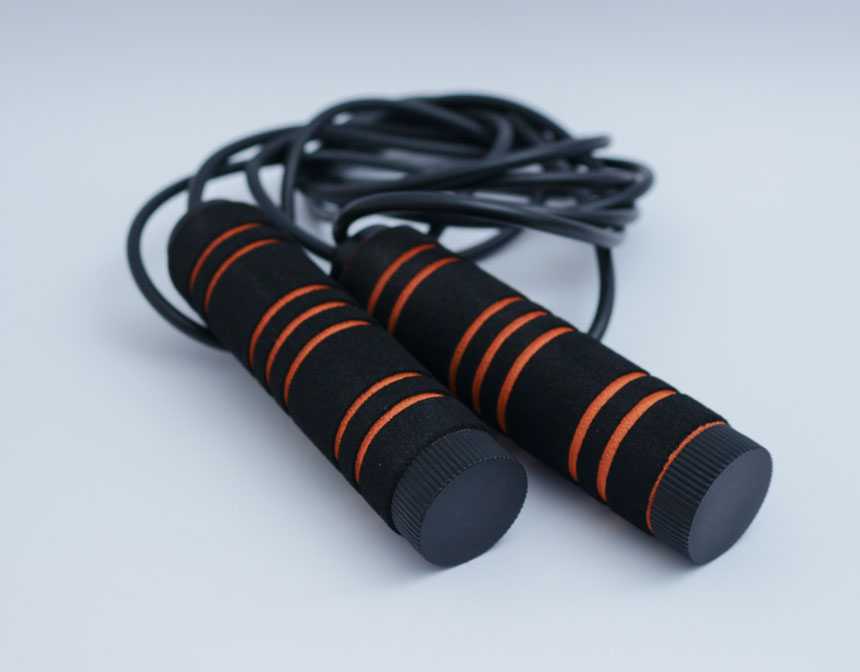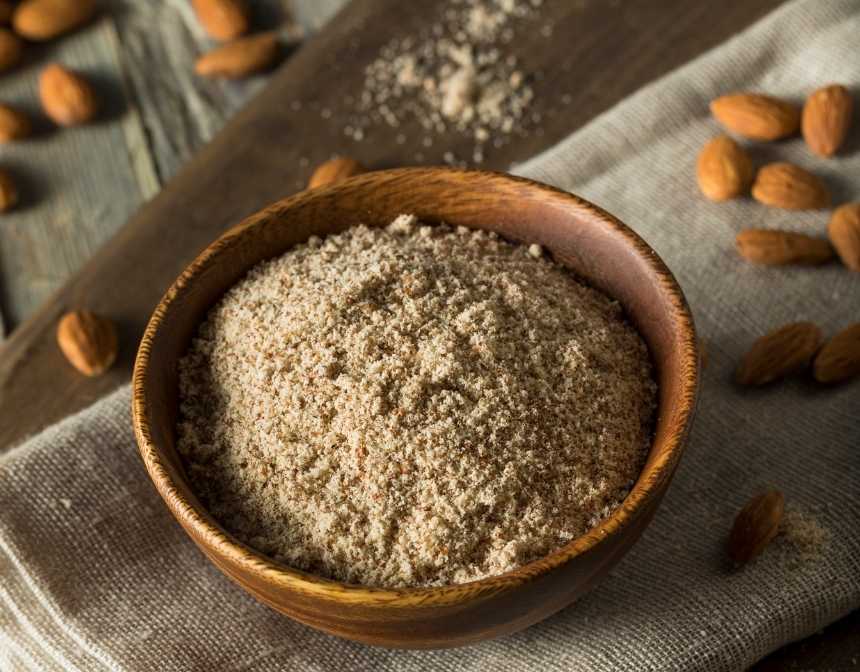What Is Bao Buns?
Bao buns are steamed buns known for being light and fluffy with a slightly sweeter flavor than traditional Chinese dumplings. As for their origin, bao buns likely originated in China's Three Kingdoms period and are thought to have been popularized by the legendary military strategist Zhuge Liang.
Is Bao Bun Gluten-Free?
These fluffy vegetarian bao buns are not gluten-free as they are made with all-purpose flour, which contains 8-11% gluten. For gluten-free bao buns, substitute regular all-purpose flour with gluten-free all-purpose flour.
How to Make Bao Buns?
To make these delicious homemade bao buns, you must follow the following steps:
Make the dough: Mix the dry ingredients and add oil and water. Knead by hand or using an electric stand-mixer until the dough is soft and smooth. Then knead again for a few minutes until the dough bounces back when indented with a finger.
Prove till doubled: Transfer the dough ball to the mixing bowl, cover, and place somewhere warm to rise. Leave the dough alone for 60 to 90 minutes or until doubled in size.
Roll out and cut: Knead the risen dough to remove air before rolling it out till about 1 cm in thickness. Rub oil onto the surface and cut into rounds using an 8 cm cookie cutter.
Shape: Transfer the dough rounds to baking paper and fold in half before using a rolling pin to gently flatten into the characteristic bao bun shape.
Steam: Allow the buns to rise for another thirty minutes before transferring to a steamer basket on top of a saucepan one-third full of boiling water. Cover and steam on low-medium heat for 10-12 minutes until buns are puffy and cooked through.
What Are The Bao Bun Fillings?
Traditional Bao bun fillings include beef, pork belly, and tempeh, but you can fill your bao with almost anything ranging from Brussels sprouts and fried tofu to honey-glazed Korean chicken for some Korean bao buns.
What to Serve With Bao Buns?
Bao buns are perfect with sides like cucumber salads, steamed pak choi, pickled red cabbage, edamame beans, omelettes, and crushed avocado. They are also amazing with a number of dipping sauces and can be paired with noodle soup for a deliciously hearty dinner.










































